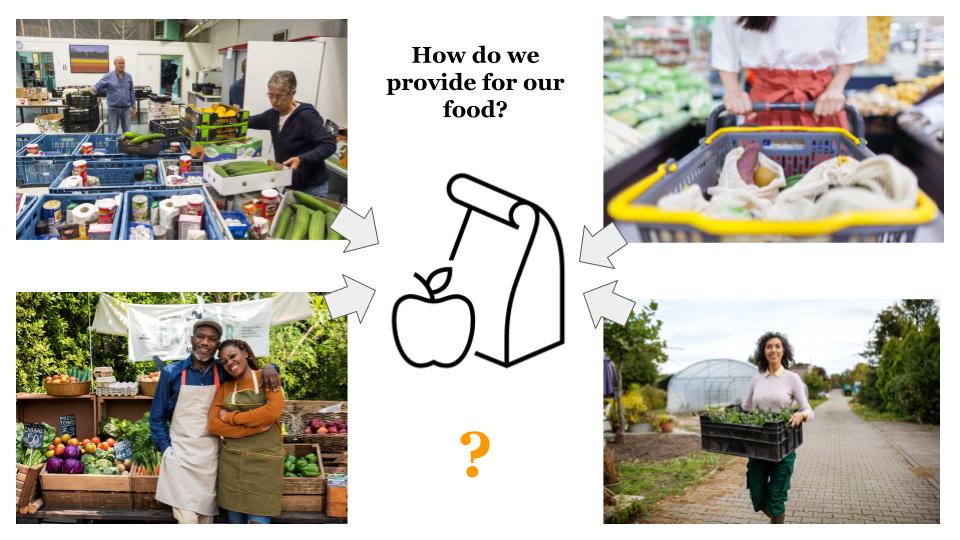Suggestions for incremental change to international economics courses, drawn from the ten building blocks of Economy Studies.
General approach
Change often happens incrementally and slowly. In the economics textbook market, for example, there is an unwritten rule that new textbooks cannot differ more than roughly 15% from the standard textbook in order to be ‘acceptable’ (Colander, 2003).
While our book clearly breaks this rule and proposes more far-reaching and fundamental changes in most chapters, in this chapter we focus instead on how existing courses could be adjusted incrementally. By doing so, we hope to assist educators in improving and adapting the courses they teach without needing to rip them up and start again, as well as helping students make suggestions for how this could be done.
First, we set out the typical contents of current courses. Second, we provide our suggested additions and changes. It is important to note that we pose all these suggestions as potential sources of inspiration, not a checklist of all the things that necessarily should be included. After all, there is a practical limit to what can be taught within a single course.
Courses:
Typical contents of current courses
Courses on international economics are often divided into two parts: the more micro-oriented part on international trade and the more macro-focused parts on international monetary and financial matters. In the former part, the focus is generally on the theory of comparative advantage, the Heckscher-Ohlin model, and new trade theory, as well as on trade policies and agreements. In the latter part, attention is paid to the impossible trinity (often linked to some stylized international monetary history), the Mundell–Fleming model, optimal currency areas (often linked to discussions about the Eurozone), and currency and debt crises.
Frequently used textbooks:
- International Trade: Theory and Policy by Paul Krugman, Maurice Obstfeld, and Marc Melitz
- International Economics by Dennis Appleyard and Alfred Field
- International Economics by Robert C. Feenstra and Alan M. Taylor
- International Economics by Theo Eicher
- International Economics by Thomas Pugel
- International Economics: Trade and Finance by Robert Carbaugh
- Introduction to International Economics by Henk Jager
- International Economics by James Gerber
Suggested additions and changes
Relevant teaching packs
Recommended books
- International Political Economy: Interests and Institutions in the Global Economy by Thomas H. Oatley, most recent edition from 2019. This book introduces students to the political economy of international trade and finance, with state- and society-centred approaches.
- International Economics: A Heterodox Approach by Hendrik van den Berg, most recent edition from 2017. This book introduces international economics from a heterodox perspective, covering trade theory, policy, international finance and monetary systems, and immigration.
- The Globalization Paradox by Dani Rodrik, from 2011. An insightful discussion of globalization and exposition of the international political trilemma, written by a highly influential economist.
- Straight Talk on Trade: Ideas for a Sane World Economy by Dani Rodrik, from 2017. This book discusses various issues related to trade and globalization and argues for a pluralist world in which countries can have their own social contracts.
- Globalization and Its Discontents Revisited by Joseph Stiglitz, from 2017. This update of an earlier bestseller discusses globalization, its mismanagement, and what policies to tackle today’s problems.
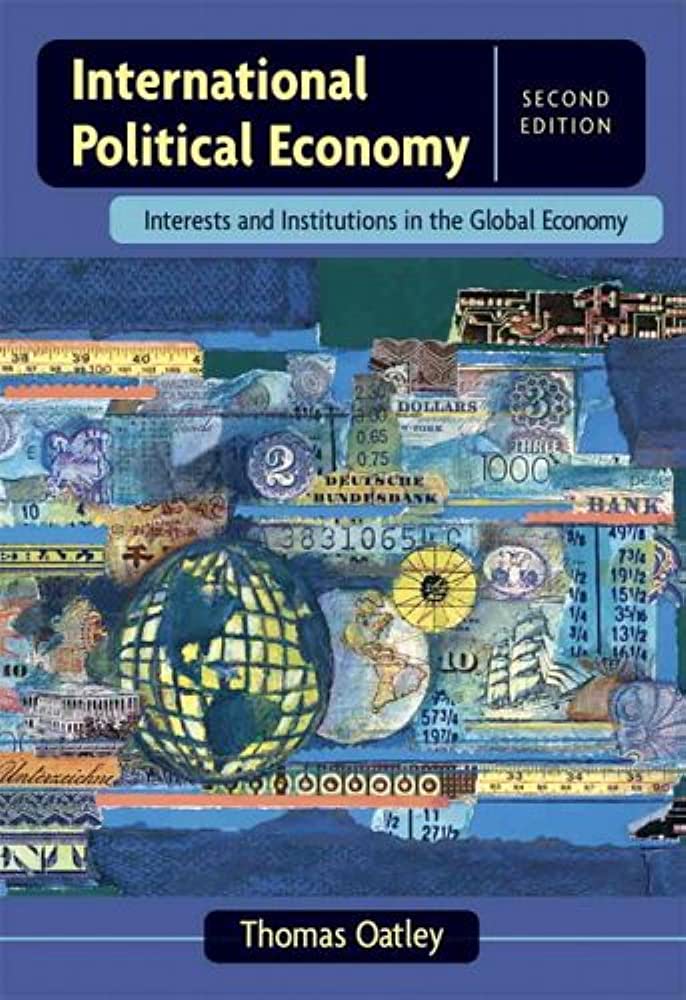
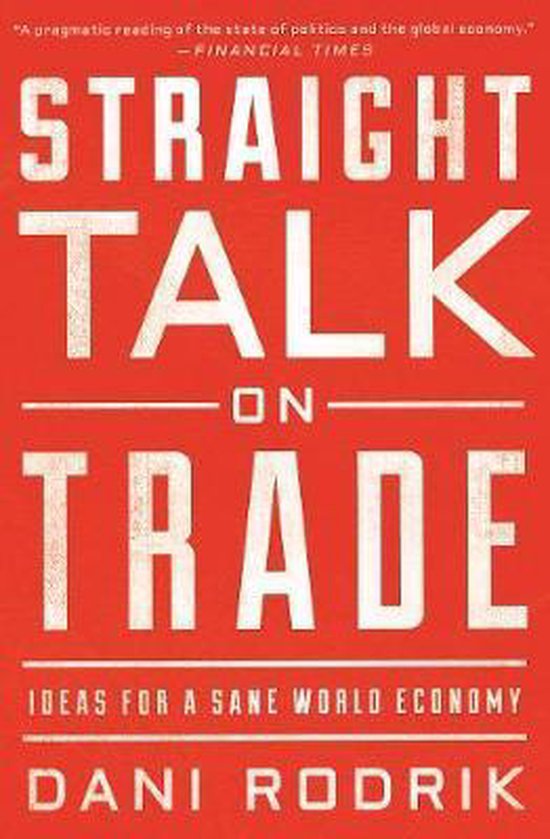
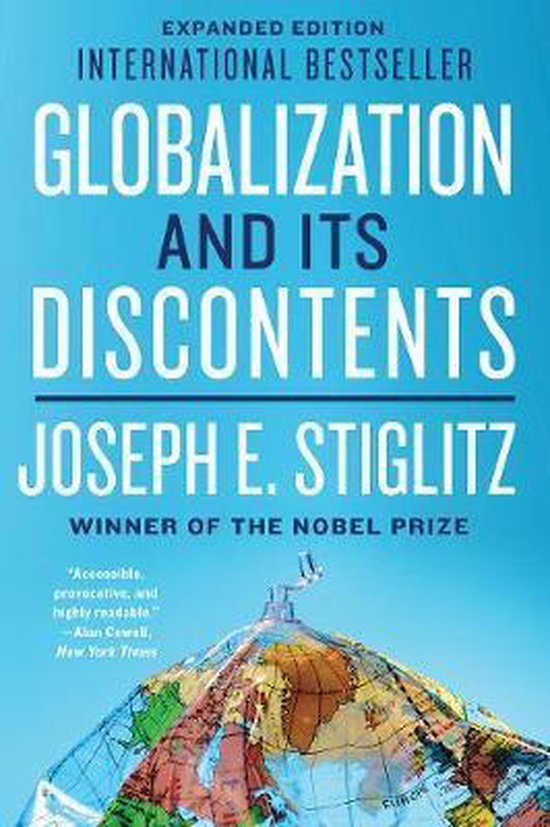
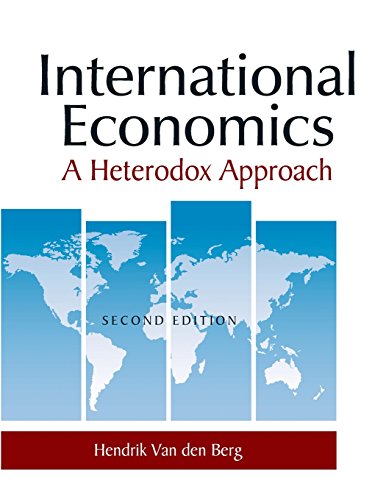
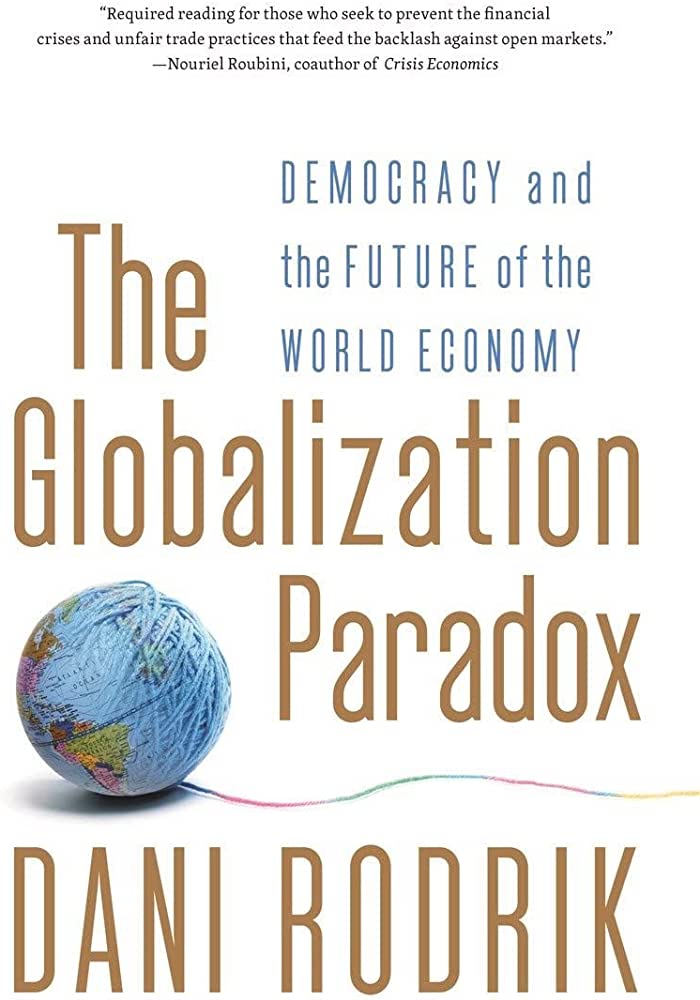
Practical skills and real-world knowledge
International economics can often be an abstract topic that is difficult for students to grasp. To make the material come alive, we advise to bring students as much as possible in contact with the real world, rather than (only) focusing on theories. This can be done by teaching them about real world institutions, such as the IMF and World Bank, and let them conduct case studies. Furthermore, it can be very helpful to make them familiar with basic facts about world trade, and the roles of its own country and different economic sectors in it. But it can also be done outside of the classroom. To get a closer look and develop a feeling for international trade, students could get guest lectures or even visit a trading company and talk with their managers, workers, traders and logistics experts. Or to better understand international finance and monetary economics, they could visit a (public or private) financial institution that on a daily basis deals with such matters.
For more detail, see Building Block 2: Know Your Own Economy and Building Block 9: Problems & Proposals.
A range of analytical tools and approaches
International economics courses can be enriched by including ideas from post-Keynesian and structuralist economics, as these provide different explanations and insights into issues related to trade imbalances, international capital flows, terms of trade, globalisation, free trade and protectionist policies. Furthermore, courses could treat the international monetary, financial and political trilemmas. The argument in these trilemmas is that one can always only choose two of three policy options. In the international monetary trilemma, also known as the impossible trinity, that means it has to let go of one of these three policies: independent national monetary policy, free capital movement or fixed exchange rates. For the international financial trilemma, the options are independent national financial policy, international financial integration, and financial stability. And for the international political trilemma, the choice is between democracy, national sovereignty and global economic integration.
For more detail, see the section International Trade in the background material Pragmatic Pluralism.
Teaching Materials
- The Handbook of Pluralist Economics Education by Jack Reardon, from 2009, chapter 13. This useful book on how to diversify economics programs, includes a chapter full of ideas and suggestions for courses on international economics.
- Economics: The User’s Guide by Ha-Joon Chang, from 2014, chapter 12. This brief and accessible pluralist book contains a useful introductory chapter on international economics.
- Economics After The Crisis by Irene van Staveren, from 2015, chapter 14. This well-written textbook which in one chapter sets out the neoclassical, post-Keynesian, social economic and institutional perspectives on international trade.
- The Economy by The CORE Team, from 2017, chapter 18. This successful textbook introduces students to the economics of globalization, trade and inequality.
- Introducing a New Economics by Jack Reardon, Maria A. Madi, and Molly S. Cato, from 2017, chapter 16. This ground-breaking textbook introduces trade, exchange rates and the balance of payments and weaves together pluralist theory and real-world knowledge.
- Capitalism: Competition, Conflict, Crises by Anwar Shaikh, from 2016, chapter 11. This impressive and extensive book compares multiple perspectives on many traditional economic topics and includes a chapter on international trade and exchange rates.
- The Routledge Handbook of Heterodox Economics: Theorizing, Analyzing, and Transforming Capitalism by Tae-Hee Jo, Lynne Chester, and Carlo D’Ippoliti, from 2017, chapters 23, 24 & 29. This broad and diverse book sets out a variety of theories on trade, global value chains and international development.
- The Handbook of Economic Sociology by Neil J. Smelser and Richard Swedberg, from 2005, chapters 8 & 9. This extensive and yet accessible book for non-sociologists, provides an impressive and useful overview of the field of economic sociology, including two chapters on international institutions, organizations and arrangements.
- Principles of Economics in Context by Jonathan Harris, Julie A. Nelson and Neva Goodwin, most recent edition from 2020, chapters 7 & 29. This useful textbook, which pays particular attention to social and environmental challenges, contains two chapters on international trade, finance and policy.
- International Political Economy: Interests and Institutions in the Global Economy by Thomas H. Oatley, most recent edition from 2019. This book introduces students to the political economy of international trade and finance, with state- and society-centred approaches.
- International Economics: A Heterodox Approach by Hendrik van den Berg, most recent edition from 2017. This book introduces international economics from a heterodox perspective, covering trade theory, policy, international finance and monetary systems, and immigration.
- The Globalization Paradox by Dani Rodrik, from 2011. An insightful discussion of globalization and exposition of the international political trilemma, written by a highly influential economist.
- Straight Talk on Trade: Ideas for a Sane World Economy by Dani Rodrik, from 2017. This book discusses various issues related to trade and globalization and argues for a pluralist world in which countries can have their own social contracts.
- Globalization and Its Discontents Revisited by Joseph Stiglitz, from 2017. This update of an earlier bestseller discusses globalization, its mismanagement, and what policies to tackle today’s problems.
Institutions and different ways of organising the economy
International economic systems and relations are always undergoing change, and as such it has been organized in many different ways. To help students navigate in this complex world, it is important that they learn about the various international arrangements that have existed, or have been proposed or theorized. International economic systems have many aspects from international law and organizations, to trade, agreements, relations and politics between countries. Acquiring some basic knowledge of these various aspects and the ways in which they can be organized, will help students make sense of the complex real world in which they will later work.
For more detail, see Building Block 5: Economic Organizations & Mechanisms and Building Block 6: Political-Economic Systems, as well as the sections International Trade in the background material Pragmatic Pluralism.
Teaching Materials
- The Politics of International Economic Relations by Jeffrey A. Hart and Joan Edelman Spero, most recent edition from 2009. An insightful introduction into the political dimension of the world economy, with chapters on North-South relations, international monetary decision making, and multinational corporations.
- The Global Economic Order: The International Law and Politics of the Financial and Monetary System by Elli Louka, from 2020. A highly informative book on the global economic system, with attention to its origins, major players, and structures.
- International Economic Relations since 1945 by Catherine R. Schenk, most recent edition from 2021. An introduction into how the world economy has evolved, helping students better understand its current structures.
- International Economic Law by Andreas F. Lowenfeld, most recent edition from 2008. A book on the legal side of the international economy, with chapters on dispute resolution, trade rules, international investment and the monetary system.
- International Economic Institutions by Marcel van Meerhaeghe, most recent edition from 1998. An insightful introduction into various regional economic communities and key international organizations, such as the World Bank, IMF, OECD, UNCTAD and BIS.
- International Organization and Global Governance by Thomas G. Weiss and Rorden Wilkinson, from 2013. A thorough collection of essays on international organizations, with chapters devoted to global corporations, credit rating agencies, and development banks.
- The Oxford Handbook of International Organizations by Jacob Katz Cogan, Ian Hurd, and Ian Johnstone, from 2016, chapters 16-22. An impressive collection of essays on global governance, with a number of economic chapters devoted to trade, international finance, development, environment, and labour.
- International Organizations: A Companion by Michael Davies and Richard Woodward, from 2014, chapters 8-10. A useful introduction into international organizations, with chapters devoted to development banks, money managers and international trade.
- International Organizations: Politics, Law, Practice by Ian Hurd, from 2010, chapters 5-7. A helpful introduction into the main international organizations, with chapters devoted to the World Bank, WTO, IMF, and ILO.
Societal relevance and normative aspects
While international economic theory can be highly abstract and sometimes seem even dull for many students, these dynamics have caused wars and spectacular political movements throughout history, such as the Boston Tea Party which triggered the American Revolution. Exposing students to these political struggles, especially to the clashing normative ideas behind them, can make clear how relevant the material at hand is. Furthermore, it prepares them for their future work in which normative, analytical and practical questions will often be mixed. In this regard, it is also interesting to let students critically analyse the normative visions and proposals coming from networks such as the World Economic Forum as well as its rival the World Social Forum.
For more detail, see Building Block 1: Introducing the Economy and Building Block 10: Economics for a Better World.
Teaching Materials
- The Global Economic Order: The International Law and Politics of the Financial and Monetary System by Elli Louka, from 2020. A highly informative book on the global economic system, with attention to its origins, major players, and structures.
- The Oxford Handbook of Professional Economic Ethics by George F. DeMartino and Deirdre McCloskey, from 2016, chapter 25. This insightful collection of essays explores the different aspects of ethics in economics, with one chapter by Joseph Stiglitz on providing economic advice to policy makers in the context of international economics and development.
- The Politics of International Economic Relations by Jeffrey A. Hart and Joan Edelman Spero, most recent edition from 2009. An insightful introduction into the political dimension of the world economy, with chapters on North-South relations, international monetary decision making, and multinational corporations.
- One World: The Ethics of Globalization by Peter Singer, from 2004. This thoughtful book, written by a leading utilitarian philosopher, discusses various ethical issues related to globalization, from climate change and human rights to the WTO and foreign aid.
- Global Democracy and the World Social Forums by Jackie Smith, Marina Karides, Marc Becker, Dorval Brunelle, Christopher Chase-Dunn, and Donatella Della Porta, most recent edition from 2014. An informative book on the ideas and yearly gatherings of groups from around the world that advocate for alternatives to corporate globalization.
History
The history of trade and international economic systems is old and captivating. By acquiring knowledge about the history of the international economy, students become familiar with how complex and changing the world of international trade and finance is. Good history debunks myths and stereotypes, and gives insight into how the world of today has emerged. Teaching about the history of the international economy can also be nicely combined with teaching about the differing ways in which the international economy has been and can be organized.
Besides the history of the international economy itself, courses on international economics can also be enriched by paying attention to the history of economic thinking on the matter. The debate about what the appropriate policies concerning international trade and finance has been ongoing since the beginning of the discipline and to this day is further developing. Knowledge of these historical debates will thus prepare students for the debates they will encounter in their careers and allow them to take part in them in a better informed manner.
For more detail, see Building Block 3: Economic History and Building Block 4: History of Economic Thought & Methods.
Teaching Materials
- Global Capitalism: Its Fall and Rise in the Twentieth Century by Jeffry A. Frieden, from 2007. A thorough and well-written introduction into the history of the world economy during the 20th century.
- Globalizing capital: A history of the international monetary system by Barry Eichengreen, most recent edition from 2019. A well written history helping students understand how money and finance have changed overtime, from the gold standard system and interwar instability to the Bretton Woods system and the last decades.
- A Concise History of International Finance: From Babylon to Bernanke by Larry Neal, from 2015. A detailed history of how finance has evolved over time, with particular attention to financial innovations, crises, government regulation, and international dynamics.
- Power and Plenty: Trade, War, and the World Economy in the Second Millennium by Ronald Findlay and Kevin H. O’Rourke, from 2007. An impressive journey through the history of international trade over the last thousand years, discussing the various waves of (de)globalization and the interplay between trade and war.
- A Splendid Exchange: How Trade Shaped The World by William J. Bernstein, from 2008. An accessible book that takes students through the story of international trade.
- The Silk Roads: A New History of the World by Peter Frankopan, from 2015. This well-written bestseller explores how international flows and relations have developed throughout history.
- International Economic Relations since 1945 by Catherine R. Schenk, most recent edition from 2021. An introduction into how the world economy has evolved, helping students better understand its current structures.
- Against the Tide: An Intellectual History of Free Trade by Douglas A. Irwin, from 1996. This accessible book describes the emergence of the idea of free trade and defends the idea in relation to various other prominent economic ideas, such as infant industry protection and Keynesian macroeconomics.
- Free Trade versus Protectionism: A Source Book of Essays and Readings by Johannes Overbeek, from 1999. This useful book collects original essays by key thinkers on international trade and provides students with contexts and explanations through a brief introduction and biography for each essay.
- Kicking Away the Ladder: Development Strategy in Historical Perspective by Ha-Joon Chang, from 2002. An influential and accessible book investigating how the developed countries became rich and how this differs from the stories we often tell about it.
What to take out
To create space for the above suggested additions, we advise to focus more on the key ideas and intuitions behind the taught models and devote less teaching time to their technicalities and mathematics. As teaching students to reproduce and work through mathematical models often takes up a large part of the teaching time, this would give the teachers the opportunity to devote more time to practical knowledge, the relevance, institutions, and history. Furthermore, a more even balance between neoclassical economics and other economic approaches could be achieved by decreasing the number of neoclassical ideas and models that are taught.
